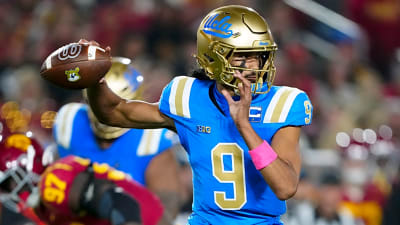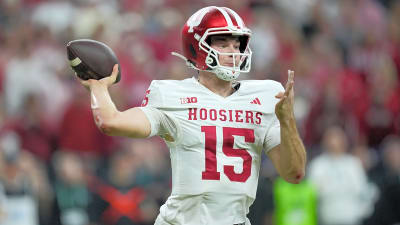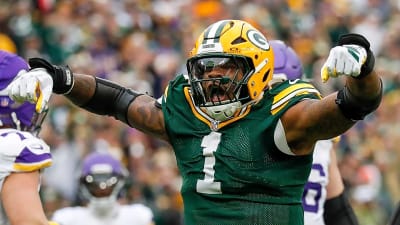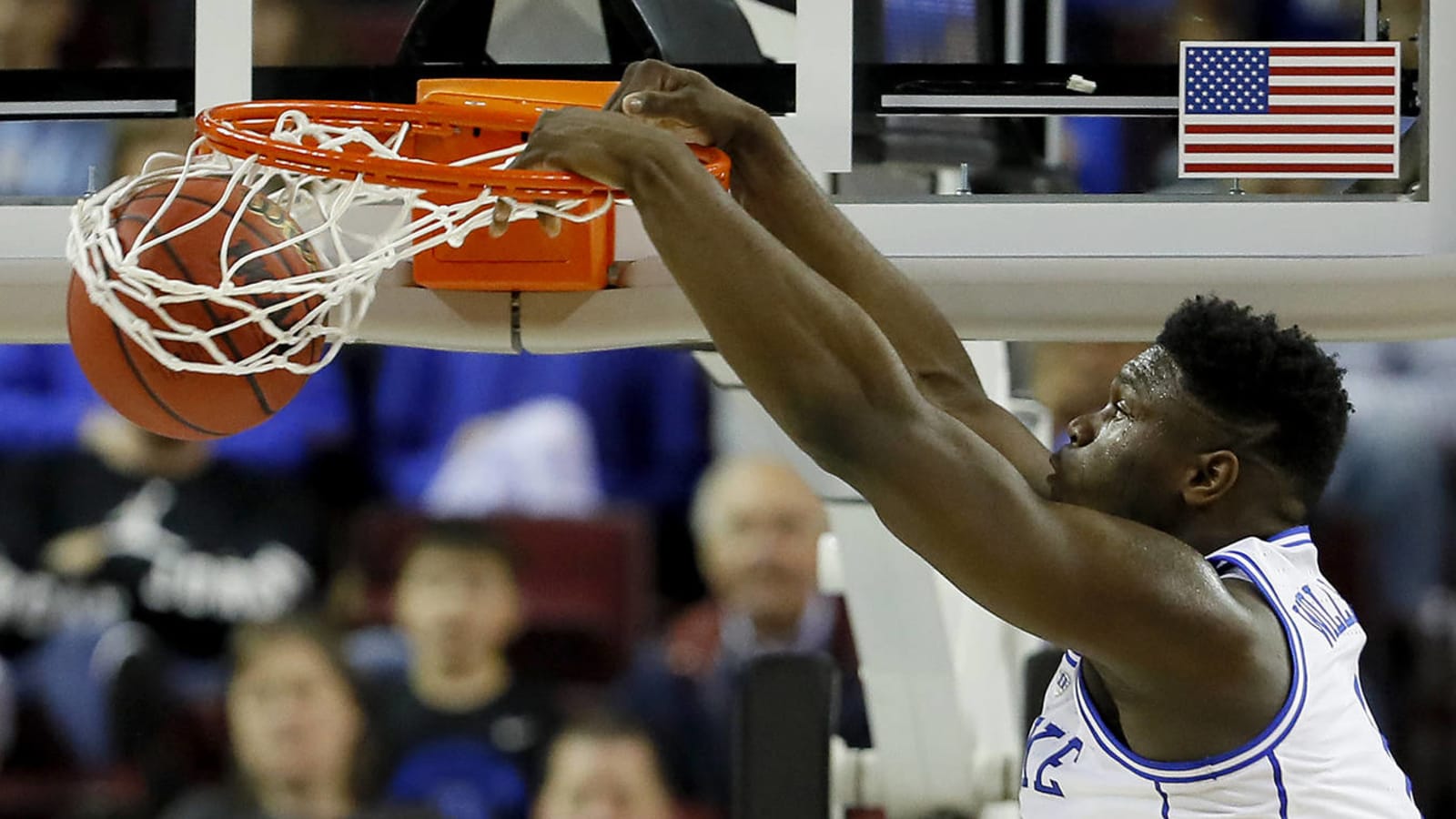
Is Zion comparable to Charles Barkley ... and Jabari Parker?
Yardbarker NBA draft analyst Brett Koremenos offered in-depth assessments of the top-five prospects leading into the draft Thursday. Here's his analysis of Duke's Zion Williamson, Yardbarker's No. 1 draft prospect. He was selected by the Pelicans with the top overall pick.
All prospect reports:
No. 2: Ja Morant (Grizzlies) | No. 3 Darius Garland (Cavaliers) | No. 4 De'Andre Hunter (Hawks via Lakers and Pelicans) | No. 5 Jaxson Hayes (Pelicans)
AGE ON DRAFT NIGHT: 18
HEIGHT: 6-7 | WEIGHT: 285 | WINGSPAN: 6-10
2018-19 RAW NUMBERS (Totals per game)
GP | MPG | PPG | RPG | BLK | STL
33 30.0 22.6 8.9 1.8 2.1
His Game
Unless you’re in hiding, it’s impossible to avoid Zion Williamson. Feats of his athleticism exploded across social media and sports shows this year. Fans of sad-sack NBA franchises looked to the 18-year-old as a beacon of hope. But let's not get caught up in the hype when evaluating the future New Orleans Pelicans' game.
Williamson has otherworldly athleticism, but he's not without flaws. Unsurprisingly, he is an absolute beast in transition. He was at his best last season when he got out ahead of the ball on the wing, received a pass and attacked backpedaling defenders with a full head of steam. But unlike Draymond Green and Blake Griffin -- power forwards who can run the break at the NBA level -- Williamson isn’t a finished product when orchestrating transition attacks himself.
If he pokes the ball from a defender or sneaks into a passing lane for a steal, Williamson does just fine as lead ballhandler. That’s mostly because in those situations defenders are either level with or behind him. It’s when he’s involved in “rip-&-run” opportunities -- where the player grabbing the rebound pushes the ball up court amidst a crowd of retreating defenders -- that things get dicey. Williamson’s 27.9 turnover percentage ranked 493rd out of the 626 Division I players who had at least 30 possessions where they led the charge in transition.
This is obviously a rather small flaw, the type of nit-picky thing you can dig into with a player as talented as Williamson. But it’s also indicative of a general shortcoming -- his decision making. Williamson is capable of making great passes, but he is far from the savvy ball mover that LeBron James is. Across the board, WIlliamson’s passing numbers out of post-ups, isolations or pick-and-rolls leave a lot to be desired.
It’s important to remember when evaluating this aspect of Williamson’s game that he won't turn 19 until July 6. Most players who enter the NBA with Williamson's talent typically develop better passing/decision-making skills because they are forced to. In high school, AAU and his lone season at Duke, Williamson, like others before him, could still dominate because of his sheer talent and overwhelming athleticism.
At the NBA level, longer, stronger, smarter and more mature defenders await. They will expose Williamson’s shortcomings as a decision maker early on. Williamson has flashed high-level passing ability, so he should become a much better playmaker with more experience.
In his first few seasons, however, Williamson will rely mostly on the same things he did to score at Duke -- power, first-step quickness and explosiveness. Even without an overly threatening three-point shot (he finished 2018-19 at 33.8 percent), Williamson still was able to effectively outmaneuver defenders. His combination of a deft handle and unparalleled ability to change directions while attacking downhill opened windows near the basket average players without a jump shot would never find.
That raw power and athleticism also helped Williamson become one of the more efficient post scorers in college basketball. His 1.312 points per possession on post-ups was the top mark in college basketball by a wide margin (of players with at least 50 possessions). In fact, the gap between Williamson and the player in second was bigger than the gap between second and 37th. That’s dominance on the block.
Yet before knighting Williamson a post-up savant, it’s important to take a deeper look at that aspect of his game. For the most part, the young forward lacks any real refinement on the block. Most of Williamson’s success on post-ups was due to him simply being more powerful and athletic than his defenders -- classic “bully ball” in some respects. Simply turning and jumping into defenders won’t work the same way in the NBA. Williamson must develop this aspect of his game if he wants to come remotely close to the same production he had in college.
That overreliance on his athleticism and power also seeps into WIlliamson’s defensive approach. In soccer, central defenders will say that if they have to go to the ground to make a shot-saving tackle, they’ve done something wrong. This sentiment applies to the way Williamson defends.
A lot of the highlight-reel blocks in his arsenal often come because Williamson defends in a way that allows defenders to beat him initially. Because of his outstanding leaping ability, Williamson could let college players get a step on him. Then he would fly in from behind and swat the ball away. This often glossed over some concerning habits in his general defensive approach.
In a lot of ways, Williamson is more style than substance defensively. He’ll fly around blocking shots or gambling for steals, but not put in the dirty work, though not all of that is effort related. Williamson isn’t a great lateral mover or defender in space. He gets stuck in his hips and can be exposed if a quicker player changes directions on him. That’s more a mechanical flaw. But the other areas -- like when Williamson flies at a shooter trying to tomahawk his shot into the stands instead of closing out under control -- are where the talented teenager must develop a more disciplined approach.
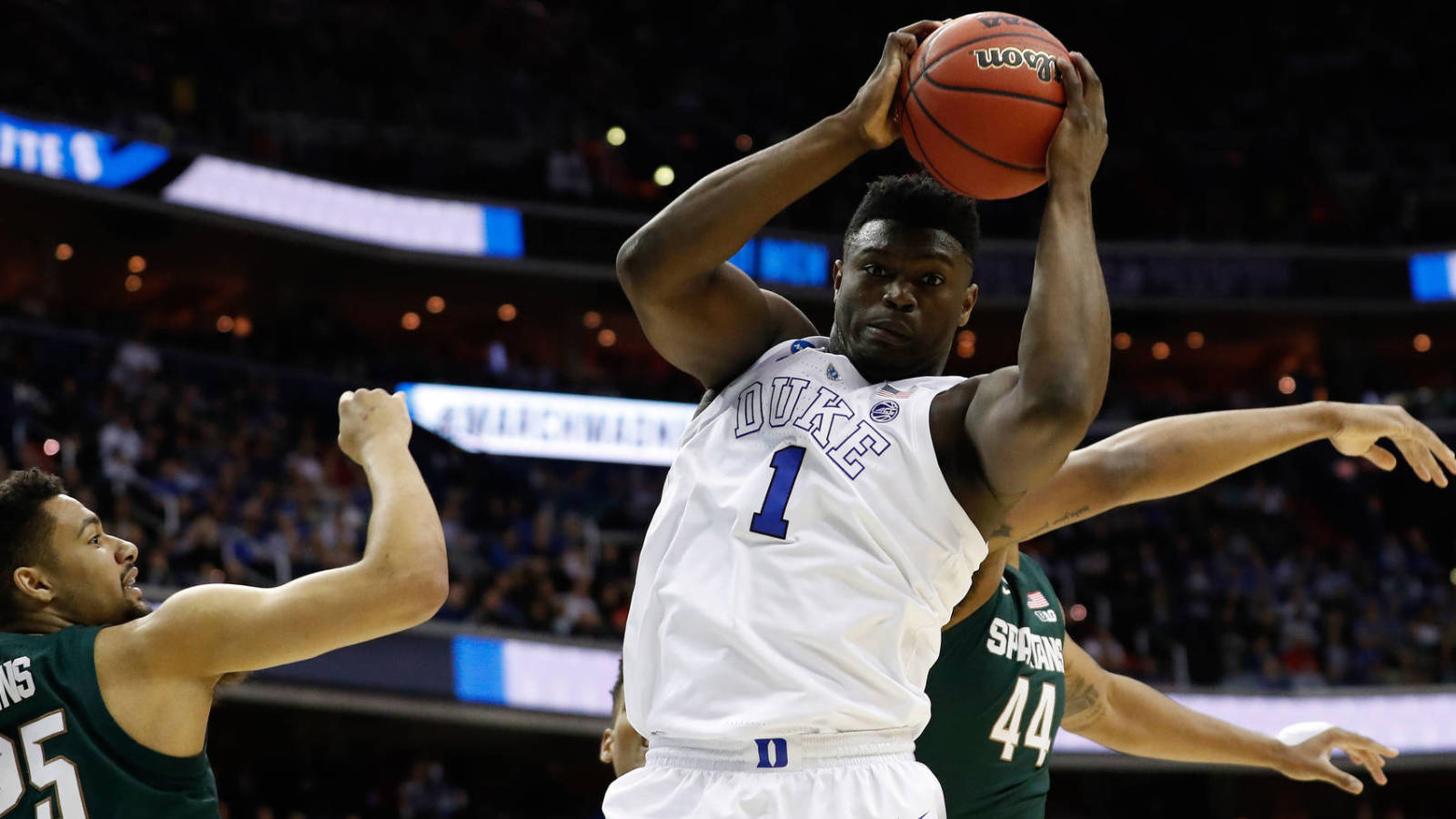
Number that matters: 448th
Among thousands of college basketball players, the athletic Williamson ranked 448th on rebounding opponents' missed shots. That's concerning. Rebounding is mostly a combination of effort and desire (though anticipation and positioning help). Tie that into the fact that Williamson played in the front court for Duke -- a front court without some monster presence on the glass stealing rebounds beside him -- and questions arise about his effectiveness in this area.
In other profiles, we’ve touched on how raw rebounding numbers aren’t necessarily the end-all, be-all of evaluation. Some players may not gobble up misses as much as they do little things to open up opportunities for teammates to snag them. Given that Duke ranked in the bottom third of college basketball this past season when it came to allowing offensive rebounds, it doesn’t seem like that’s the case with Williamson.
That also seems to tie into what you see subjectively when watching him play. On most shots, Williamson stands idle, simply waiting for the ball to come off around him so he can outleap someone for the rebound. Rarely do you see him try to wedge players out from good positions or track down balls that carom out of his area.
This isn’t necessarily a red flag signaling Williamson is going to be a massive bust. But he's expected to assume a massive role for an NBA team. His game should be examined closely.
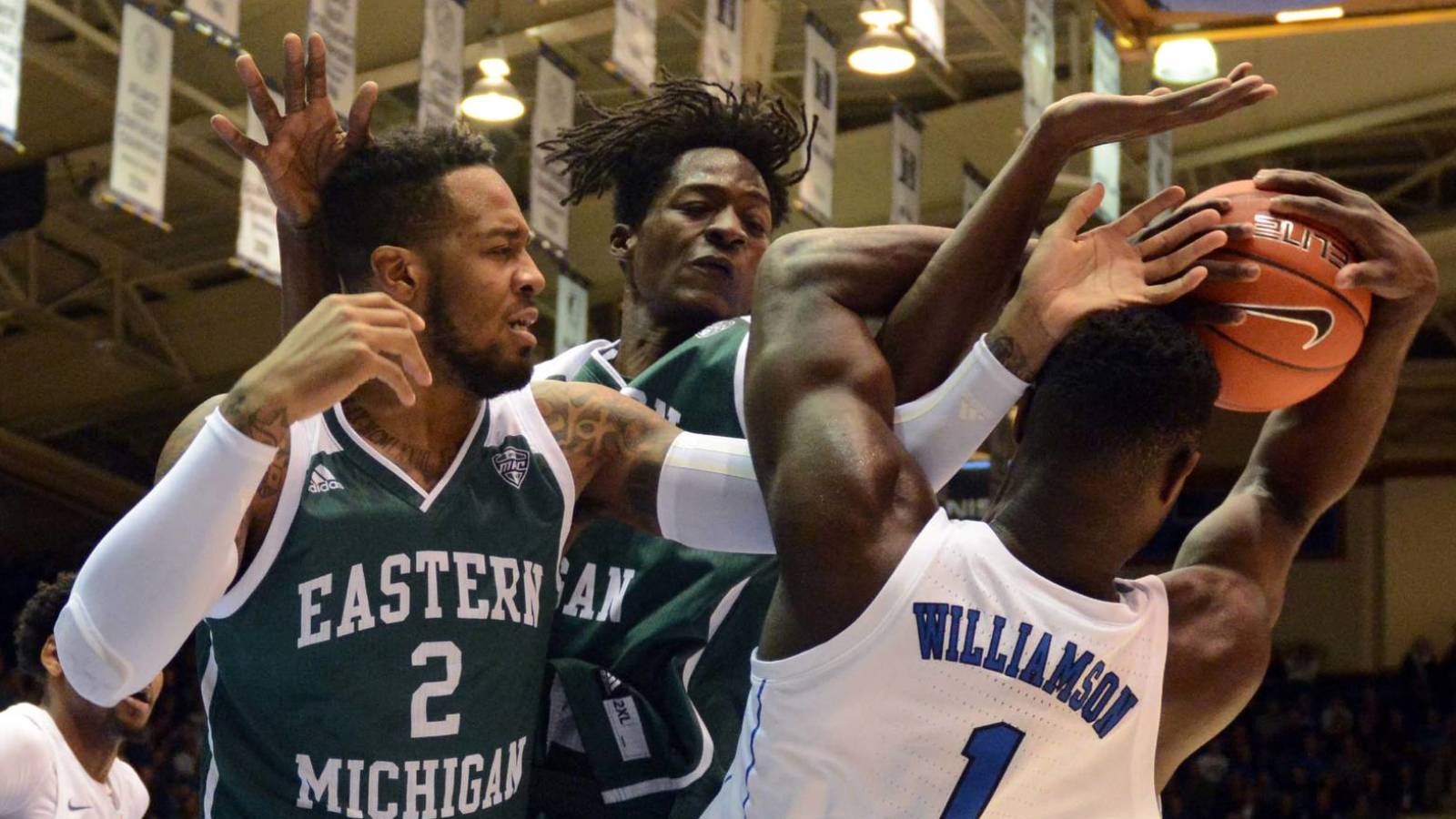
Number to ignore: 1.518
Speaking of rebounding, Williamson efficiently generated quite a few points thanks to this gaudy offensive rebounding number. That 1.518 points-per-possession mark was, once again, one of the best in college basketball in the 2018-19 season. Based off this, it stands to reason that taking his teammates misses and turning them into points will be a strength of Williamson’s at the NBA level as well ... right?
Not so fast. Offensive rebounding is tied quite a bit to simply being around the basket when the shot goes up. At Duke, Williamson was basically a post player. On most possessions, he’d loiter on the block or near the rim. Even when not necessarily hunting offensive rebounds, Williamson was simply just present near the paint.
In the NBA, Williamson will likely be asked to spend the bulk of his time higher on the floor, outside the three-point line. The league is heading toward more teams playing five-out (meaning all five players on the perimeter). So if centers are asked to step up beyond the arc more, there’s a good bet Williamson will be asked to do so as well.
Less time near the hoop likely means fewer chances for offensive rebounds. That might also mean that this skill set, while valuable, won’t be one that translates in a meaningful way for Williamson in the NBA.
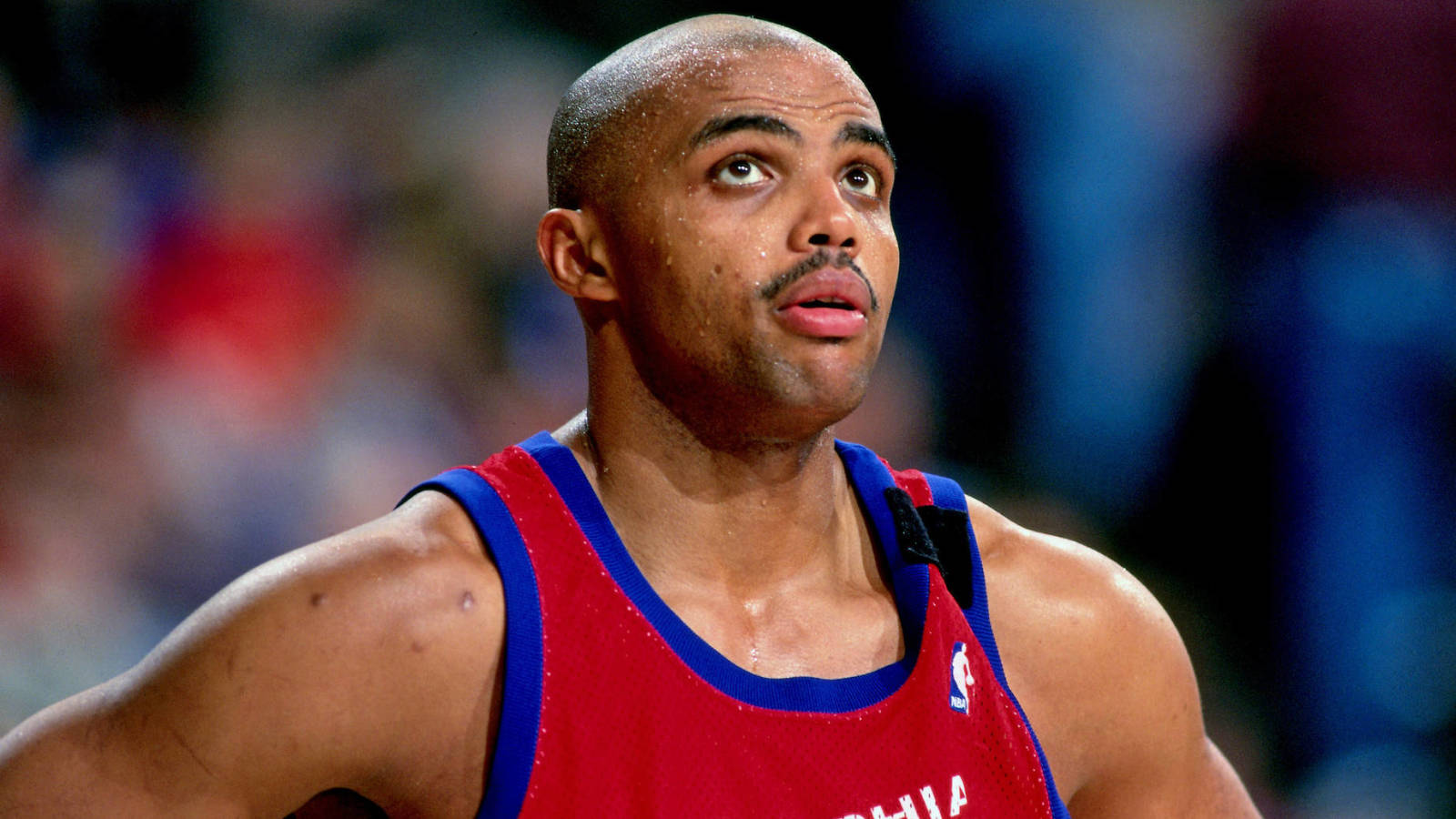
His Comps: Charles Barkley and Jabari Parker
In a lot of ways, Williamson has the bouncy, undersized game of a young Charles Barkley. Although he was a career 26.6 percent shooter from three, Barkley still wound up in the Hall of Fame. He impacted games in many other ways. Like Williamson, he was also one of those rare players who could swat away shots at the rim or steal the ball from an opponent on the perimeter.
In other ways, Williamson also is reminiscent of another recent Duke alum -- Jabari Parker, who went No. 2 overall to the Bucks in 2014. Like Williamson, Parker came into the NBA full of hype, athleticism and potential. But as his career has unfolded, the flaws (in part due to injuries) and lack of substance to Parker’s game have come to light. In a simplistic sense, Parker is an individually talented player whose game hasn’t translated much to team success.
At just 18, Williamson obviously is a long way from a fully formed NBA player. Somewhere between Barkley and Parker is where he'll probably end up.
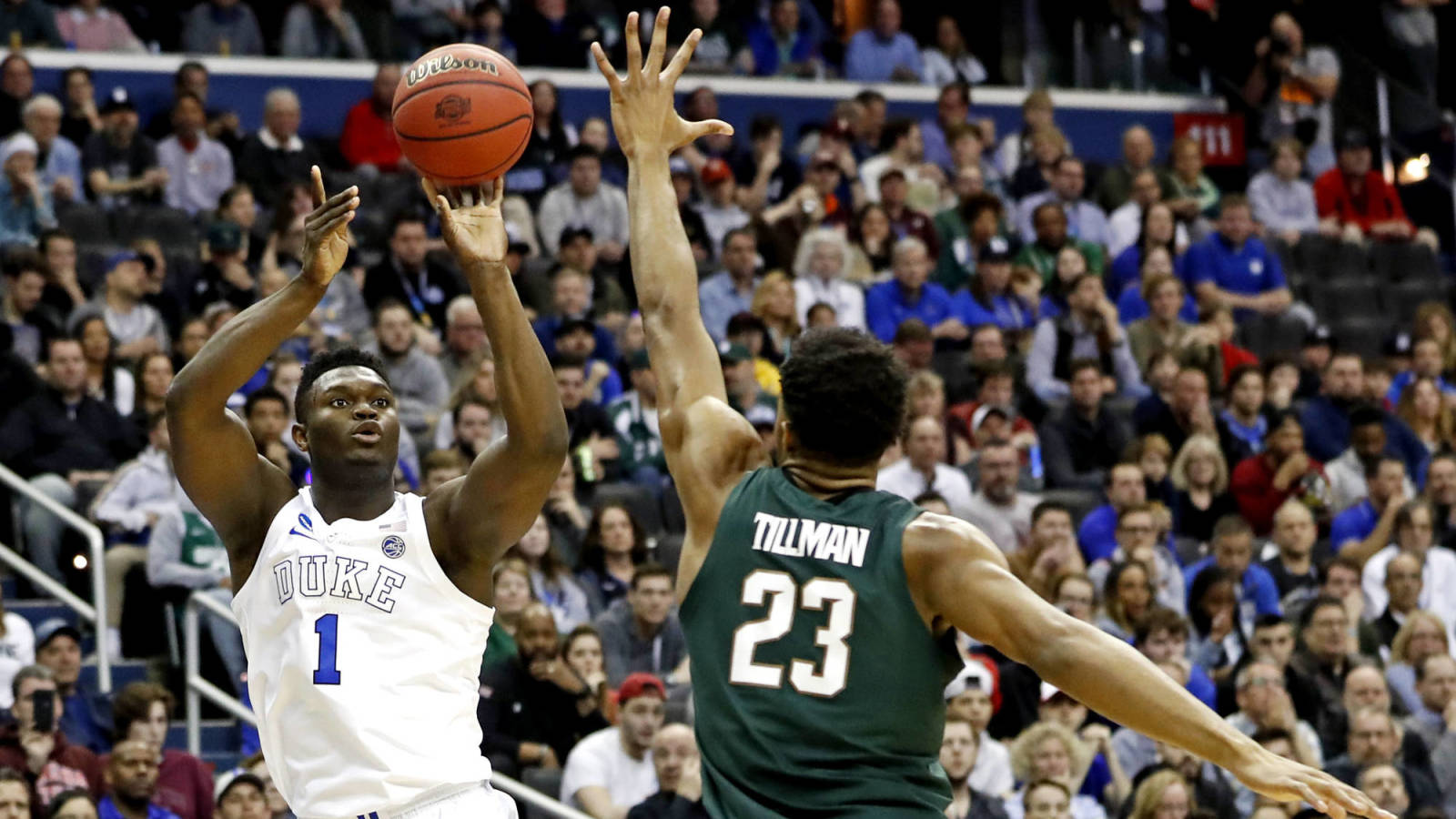
Building a skill set
For Williamson, nothing will open up his game like an improved shot from beyond the arc. It seems like that should be a simple process, especially for someone so young, but developing a three-point shot is a long, tedious, multi-year effort.
Barkley never developed a great three-point shot. LeBron James found his stroke from deep for a few seasons, but he has not been a consistently good three-point shooter. Giannis Antetokounmpo is one of the league’s hardest-working stars, but he has not excelled from beyond the arc. Williamson's goal from Day 1 in the league should be improving his three-point shooting.
Best-case scenario
Even if he becomes 99 percent of what he can be, Williamson is not likely to become a generational star on par with someone like James. Should Williamson improve his jump shot and playmaking, he could become a multi-year all-star and the best player on teams that contend for a championship every season.
Worst-case scenario
For Williamson, his floor may be Parker. His insane athleticism and ability to attack the basket off the bounce will keep him in the league and likely in NBA rotations -- even if nothing else improves in his game. But should his skill set remain stagnant as his career unfolds, it's unlikely Williamson will become more than an individually talented scorer.
More must-reads:
- NBA mock draft 7.0: First and second rounds
- Ranking the top 50 NBA Draft prospects, from Zion to Franks
- The 'Youngest 40-point NBA games' quiz
Customize Your Newsletter
 +
+
Get the latest news and rumors, customized to your favorite sports and teams. Emailed daily. Always free!
